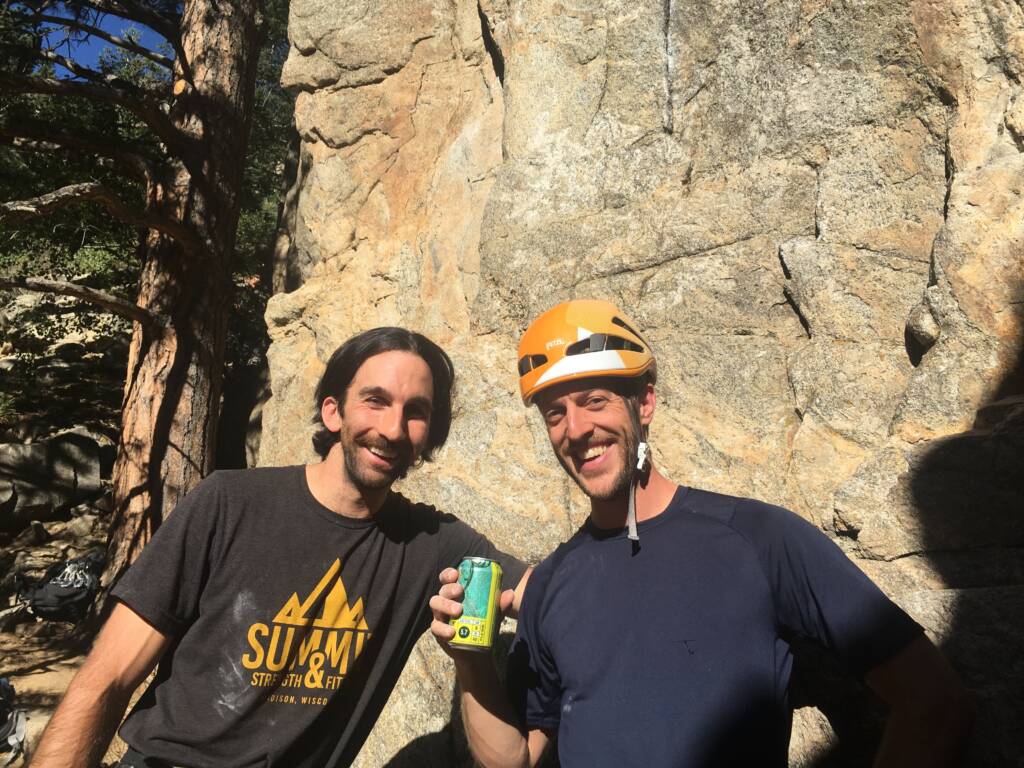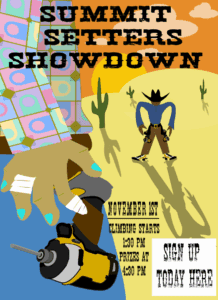There’s something uniquely powerful about the outdoors—a certain rawness that strips us down to our most authentic selves. Whether it’s a steep climb, fast descent, or fireside moment, mountain sports unite us through a deep sense of community. Mountain sports have a way of bringing people together
For many, the attraction of mountain sports starts with the terrain—the challenge, the beauty, the escape. While there’s nothing quite as rewarding as a grueling yet thrilling day on the mountain, there’s no denying that the community is often a large part of what brings you back day after day.
Whether you’re swapping beta at the base of a crag, shredding through tree runs, or sharing freeze-dried meals on a thru-hike, you’re building something more enduring than muscle or mileage—you’re building that sense of belonging. It’s a shared language built on trust, grit, and a deep appreciation for wild places.

Where These Mountain Sports Communities Form
In rock climbing, trust isn’t optional—you’re quite literally putting your life in someone else’s hands. That level of dependence accelerates friendship in a way few other sports can. Climbing communities are often tight-knit and fiercely supportive. The stoke is contagious, and the willingness to share knowledge and celebrate each other’s progress—no matter how small—is one of the sport’s greatest strengths.
Powder days may be fleeting, but the friendships formed while waiting for the first chair or sharing lines in the backcountry tend to stick around. Snowboarding culture has always emphasized creativity and self-expression, but it’s the shared stoke— post-ride stories, apres unwind, and communal safety checks—that creates a true sense of kinship. Especially in the backcountry, where avalanche awareness and decision-making turn your crew into your lifeline.
Backpacking invites a slower, more intentional kind of connection. The long miles offer space for deep conversations, shared silence, and mutual reliance. Trail communities are legendary for their inclusivity and generosity—think trail angels, hiker boxes, and spontaneous acts of kindness. It’s one of the last places where strangers still offer help without expecting anything in return.
Trail running might attract the lone wolf, but in reality, it builds pack animals. Local run clubs, ultra-race crews, and post-run coffee meetups foster a quiet, consistent sense of community. Trail runners encourage each other at aid stations, swap intel on routes and conditions, and trade injury stories with empathy and humor.
Across all these mountain sports, one thing holds: community goes hand-in-hand with stewardship. Whether it’s climbers maintaining routes, snowboarders checking avalanche reports, backpackers practicing Leave No Trace, or runners volunteering at trail workdays—these athletes share a deep commitment to protecting access to wild places and ensuring sustainable recreation. Because at the end of the day, it’s not just about getting rad—it’s about giving back.
Why Community Matters
At its core, community in mountain sports is about shared values—respect for nature, passion for movement, and an understanding that we’re all better when we support each other. It’s also about mental health, safety, and inclusion. Whether you’re new to the outdoors or a seasoned adventurer, finding your people can transform your experience. Mountain sports may start as individual pursuits, but the community is what gives them life and lasting meaning. So join the group ride, say hi at the crag, volunteer on trail day. You never know—you might just find your tribe.


